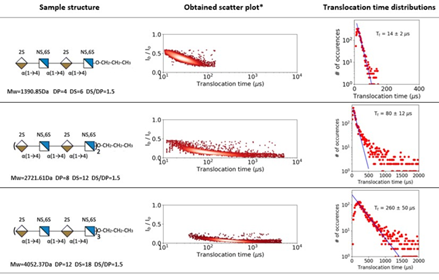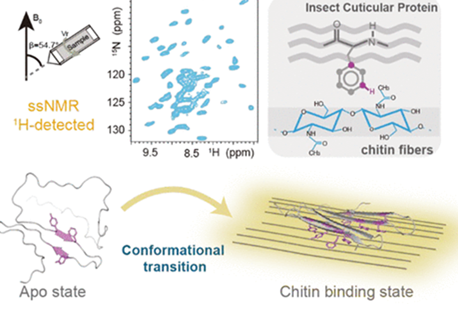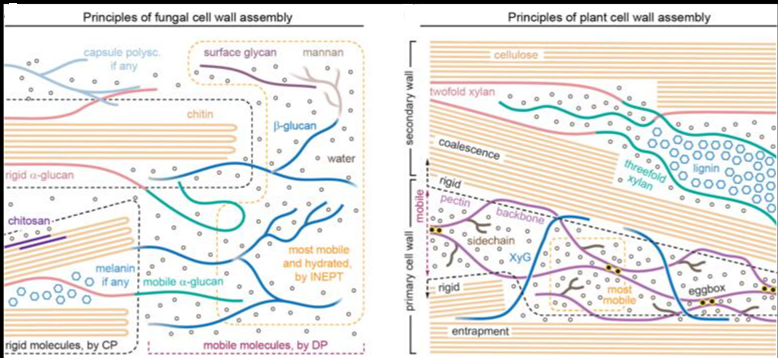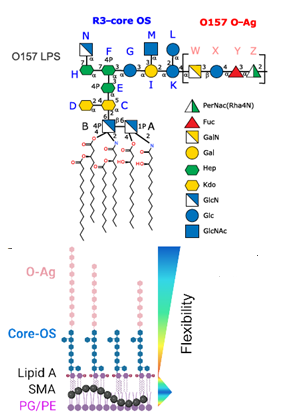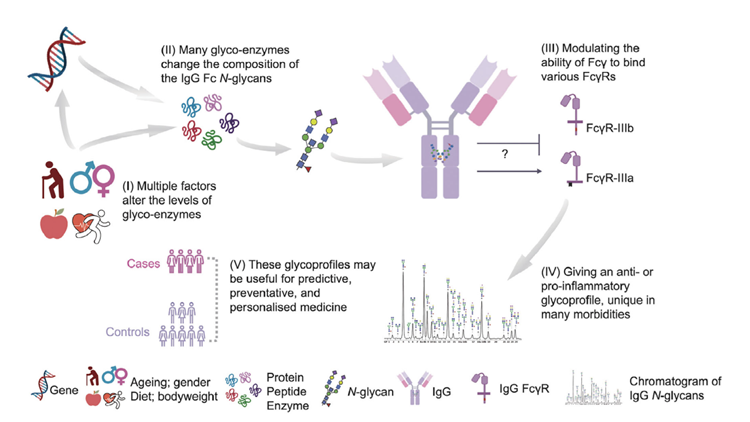Efforts to fully understand the structure-to-function relationships of glycosaminoglycans (GAGs) have been hampered by the complexity and polydispersity of GAGs, as well as by the need for sensitive analytical techniques to discern their subtle structural motifs. Conventional analytical methods often fail to provide information on the sparse GAG motifs. Concurrently, nanopore-based analysis has demonstrated significant potential for GAG structural analysis. However, until now, its application has been limited by the difficulty of relating ionic current changes to specific motifs. To address this issue, the present study employed reference signals, carefully designed synthetic sulfated tetrasaccharides to dodecasaccharides, which allowed for precise sequence control and purity. Reference signals were obtained for specific motifs, paving the way for accurate motif recognition. The outcomes of the study demonstrated unequivocal recognition of specific GAG structures through the monitoring of the evolution of nanopore signals in response to the translocation of synthetic, controlled HP-like oligosaccharides, enabling extensive structural discrimination. The findings highlight the nanopore’s ability to detect subtle structural features, such as differences in sulphation patterns and epimerisation of uronic acid. These results pave the way for establishing detailed HP-specific reference signals, as well as nanopore fingerprinting and sequencing of GAGs.
